Tried to explain with my horrible drawing skills:

Red here is the floating short (start) and blue is the floating long (finish), and arrows represent the winding directions of each layer.
0.23mm TIW has probably a final diameter of 0.38-0.4mm. Assuming you have a standard EE13 bobbin with a window breadth of 8.7mm, one layer of winding will take 8.7/0.4=22 turns. So you'll probably wind 3 layers. This means that you'll start at one end and finish at the other end (Even if one layer takes slightly higher than 22 turns you'll finish winding at quite close to the other end of the window). That's why the floating (or flying) wires will be short at start and long at finish.
